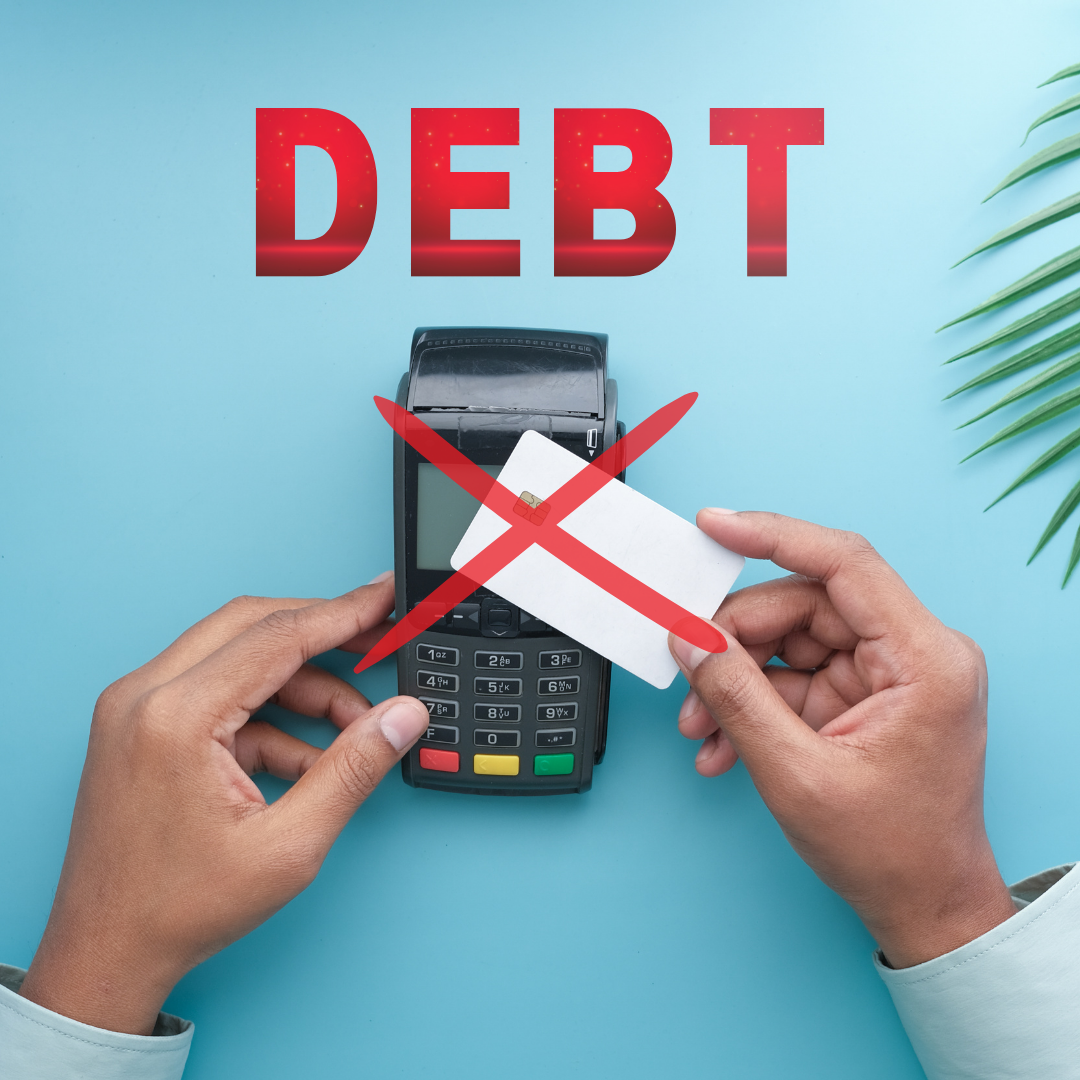Step 1 to Financial Stability: The Debt Strategy You Need to Be Free

Do you want to have control over your money, or do you want it to control you?
Debt can feel like an endless cycle—every month, payments eat away at your income, leaving you with little to enjoy. But getting rid of debt doesn’t have to be overwhelming. In fact, once you set things up the right way, it practically runs on autopilot—freeing up your money and your mind.
This post gives you a simple, step-by-step strategy to get out of debt and finally move forward. It’s the first step toward financial stability. If you haven’t already, check out the previous post, where we covered how to structure your expenses. Now, we’re going deeper—confronting one of the biggest money traps: debt.
By the end of this guide, you’ll know:
☑ How to structure your debt repayment efficiently
☑ How to lower your loan interest (a recommended step that’s easier than you might think!)
☑ How to set up a system where debt repayment becomes effortless
Let’s dive in.
The Reality of Bad Debt
When it comes to debt, not all of it is the same. High-interest loans or credit for non-essential purchases can trap you in a cycle of payments, draining your resources. On the other hand, debt used for investments like education or real estate can generate long-term growth.
Bad debt isn’t just about high interest rates—it’s about how it affects your entire life. Here’s what debt really does:
- It eats up your income, leaving you with less money for things you enjoy.
- It forces you to live paycheck to paycheck.
- It makes you feel stuck and financially stressed.
- It limits your opportunities because banks and landlords check your financial history.
- It turns short-term lifestyle upgrades into long-term lifestyle downgrades.
The good news? You can break free. And the best part: once you set things up, it gets easier every month.
How to Get Out of Debt: A Step-by-Step Strategy
1. Get a Clear Picture of Your Debt
Before you start repaying, you need to know exactly where you stand. Make a list of:
- All debts/credits you owe (loans, credit cards, store financing, etc.).
- Interest rates on each debt.
- Minimum monthly payments.
- The total amount of debt owed.
Knowing your numbers will make the next steps much easier.
2. Stop Accumulating More Debt and Financing Impulsive Needs
If you keep adding new debt while paying off old debt, you’re running in place. Here’s what to do:
- Cut down on credit card usage, especially if you don’t pay the balance in full each month.
- Consider reducing your credit limit so you don’t overspend and fall further into debt.
- Avoid taking on new loans or financing impulsive purchases (like a car, gadget, or vacation) unless absolutely necessary.
Financing impulsive needs might feel good in the short-term, but it comes with long-term consequences. More debt = more fixed costs = less financial freedom.
Pause for a moment before making these purchases and ask yourself: Is it really necessary right now? Is it worth the stress it will be creating?
Instead, focus on paying off your existing debt. This will give you more financial flexibility and freedom in the future.
3. Reduce Loan Interest (Recommended & Easier Than You Think!)
This step takes a little extra effort, but it can save you a lot of money. If you have high-interest loans, consider restructuring or refinancing them. This means:
- Combining multiple high-interest loans into one lower-interest loan.
- Negotiating a better rate with your bank or lender.
- Checking free consultation services (e.g., platforms like Check24 in Germany) to explore better options.
I worked in a FinTech company for years, and I’ve seen firsthand how refinancing can reduce monthly payments. It’s a step that many people overlook, but it’s absolutely worth it!
4. Cut Unnecessary Spending & Redirect Savings Toward Debt
One solution to debt is making more money. But increasing your income is harder than reducing expenses. Adjusting your spending habits is the easier way to free up cash fast. Start by:
- Identifying subscriptions or services you don’t use.
- Cooking more meals at home instead of eating out.
- Being mindful of impulsive purchases.
Commit to repaying your debt now for a more carefree future!
The Power of Setting Up a System
The best part? Once you go through these steps, repaying your debt becomes effortless.
Many people struggle with debt because they don’t have a system in place. But with the right approach, you won’t have to think about it all the time.
Debt doesn’t have to control your life.
Now that you have a plan to eliminate debt, the next step is mastering budgeting, so you never fall back into the cycle again.